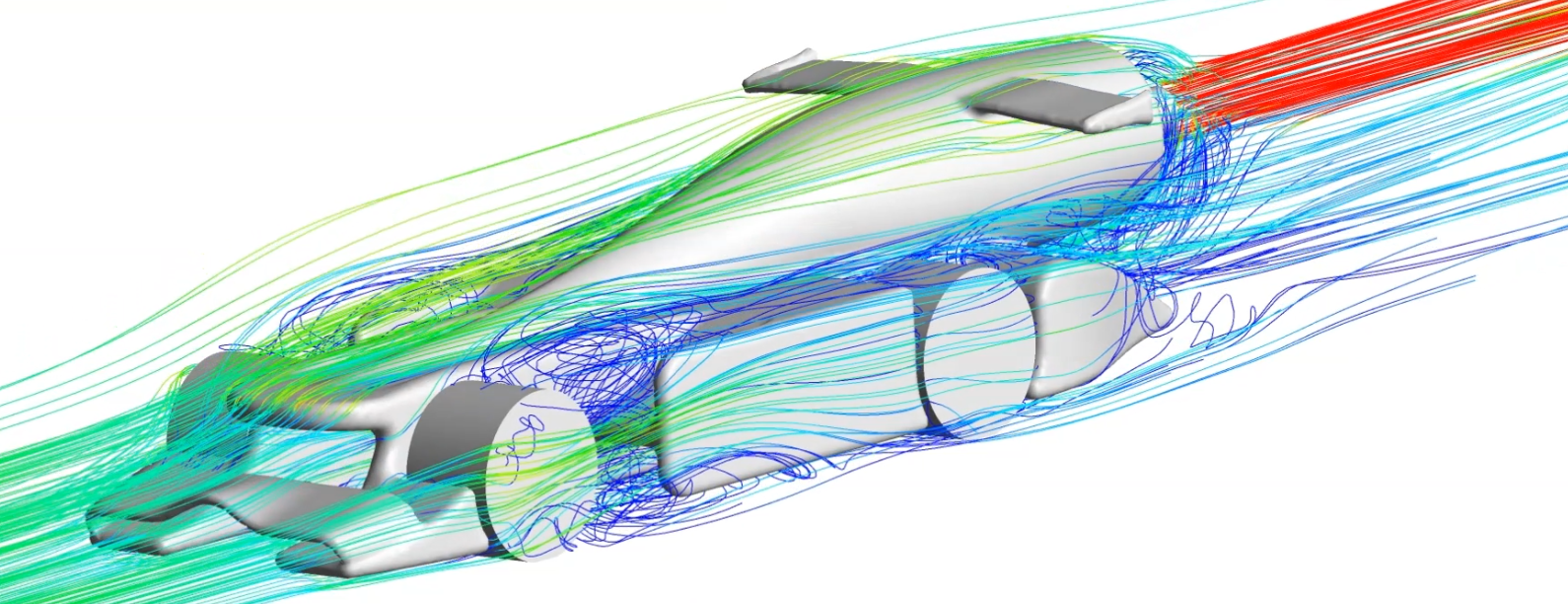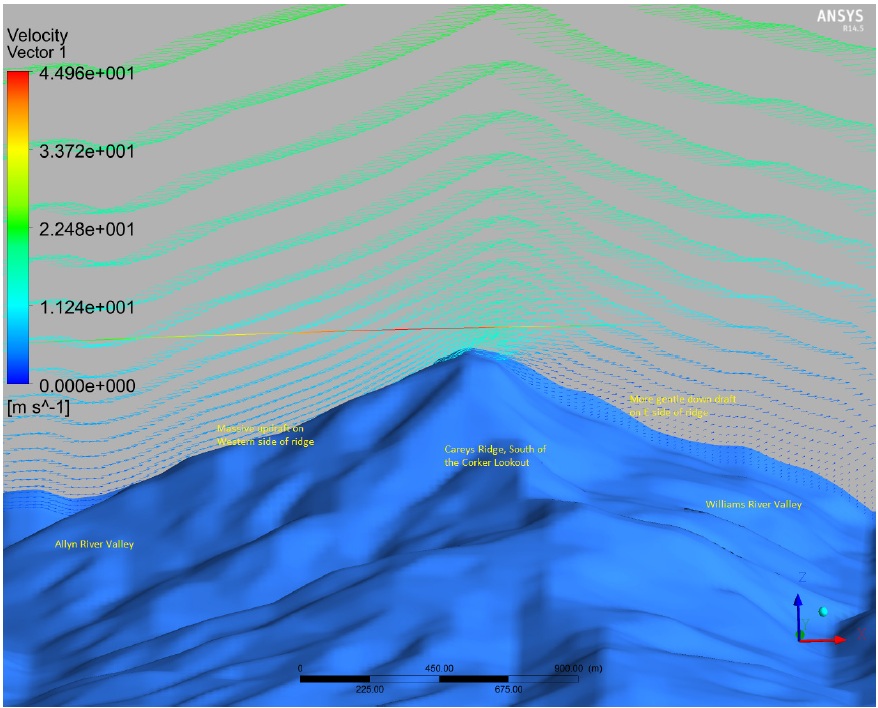LEAP is very proud to congratulate the students from A1 Racing for winning the F1 in Schools 2013 World Finals in Austin, Texas. A1 Racing are a collaboration team between Pine Rivers in Brisbane, QLD, and Phoenix P-12 in Ballarat, Vic, who have continued the proud tradition of Australian students excelling at this international event...
Archives for 2013
Congratulations to Australian teams in F1 in Schools 2013 World Finals

At LEAP we have a long-standing relationship with all the major universities in Australia and New Zealand. Our participation extends from the supply of best-in-class engineering software to other important activities such as guest lectures and hands-on workshops/training classes for both academic staff and students. We also have an ongoing commitment to regularly employ new...
Can CFD help to solve Australia’s greatest aviation mystery?

On a stormy night in August 1981, a Cessna Centurion 210 aircraft crashed with 5 people on board in Barrington Tops, a rugged and isolated national park north of Newcastle, New South Wales. Despite a massive initial search effort and ongoing attempts by a group of dedicated volunteers, the challenging and complex terrain has conspired...
Sunswift leads race to Adelaide in new "Cruiser" class of 2013 World Solar Challenge

In the past, posters of cars such as the KTM Crossbow and Infiniti Red Bull F1 would adorn the bedroom walls of teenagers who were passionate about motorsport, while solar cars were banished to science fairs as a mere curiosity. Enter the UNSW Sunswift Solar Car Team, who are looking to radically change this status...
Turbulence Part 5 - Overview of Scale-Resolving Simulations (SRS)

An increasing number of industrial CFD users are recognising the need to move away from RANS modelling and resolve a greater spectrum of turbulence (particularly in cases involving large-scale separation, strongly swirling flows, acoustics, etc.). Here we present an overview of Scale Resolving Simulation techniques and important considerations when considering applying SRS to your project.
CFD keeps Emirates Team New Zealand on course to reclaim the America's Cup

LEAP staff, in particular our team of CFD engineers, have been watching with interest as the 2013 America's Cup unfolds in San Francisco. Despite being the oldest active trophy in international sport, the America's Cup is continually evolving thanks to an often dramatic combination of ...
5 key areas where ANSYS Multiphysics will help overcome the engineering challenges of Elon Musk's Hyperloop

This week marked the public release of Elon Musk's much anticipated proposal for a new mode of high-speed transport to be built between LA and San Francisco, dubbed the Hyperloop. The concept is equally compelling for other busy air routes of between 500-1000 km, such as Sydney to Melbourne (which is the 3rd busiest air route globally, according...
Tips & Tricks: Estimating the First Cell Height for correct Y+

Turbulence Part 4 - Reviewing how well you have resolved the Boundary Layer

In recent posts we have comprehensively discussed inflation meshing requirements for resolving or modeling wall-bounded flow effects due to the turbulent boundary layer. We have identified the y-plus value as the critical parameter for inflation meshing requirements, since it allows us to determine whether our first cell resides within the laminar sub-layer, or the logarithmic...
Turbulence Part 3 - Selection of wall functions and Y+ to best capture the Turbulent Boundary Layer


